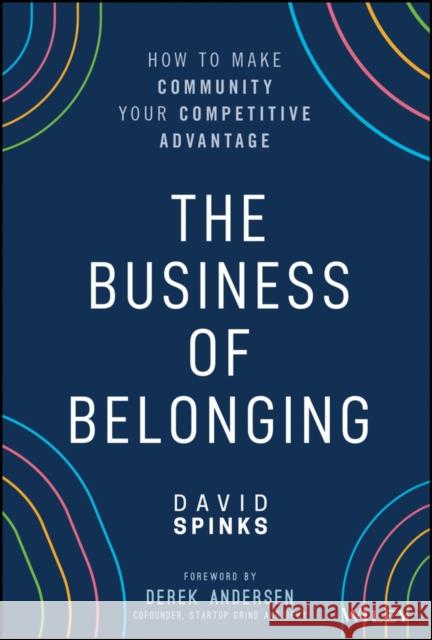The Business of Belonging: How to Make Community your Competitive Advantage » książka
topmenu
The Business of Belonging: How to Make Community your Competitive Advantage
ISBN-13: 9781119766124 / Angielski / Twarda / 2021 / 208 str.
The Business of Belonging: How to Make Community your Competitive Advantage
ISBN-13: 9781119766124 / Angielski / Twarda / 2021 / 208 str.
cena 120,49
(netto: 114,75 VAT: 5%)
Najniższa cena z 30 dni: 120,77
(netto: 114,75 VAT: 5%)
Najniższa cena z 30 dni: 120,77
Termin realizacji zamówienia:
ok. 10-14 dni roboczych
Bez gwarancji dostawy przed świętami
ok. 10-14 dni roboczych
Bez gwarancji dostawy przed świętami
Darmowa dostawa!
Kategorie:
Kategorie BISAC:
Wydawca:
John Wiley & Sons Inc
Język:
Angielski
ISBN-13:
9781119766124
Rok wydania:
2021
Ilość stron:
208
Waga:
0.38 kg
Wymiary:
23.11 x 15.49 x 2.79
Oprawa:
Twarda
Wolumenów:
01
Dodatkowe informacje:
Bibliografia











